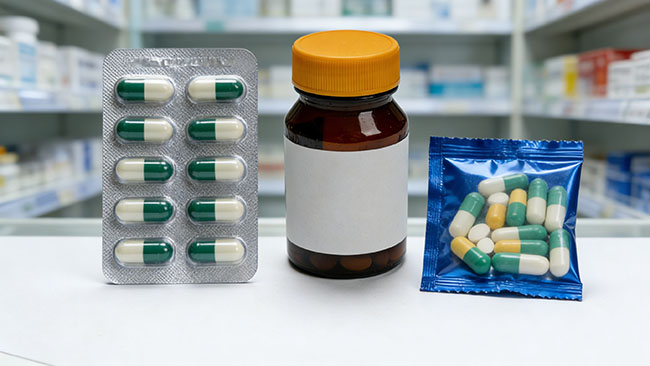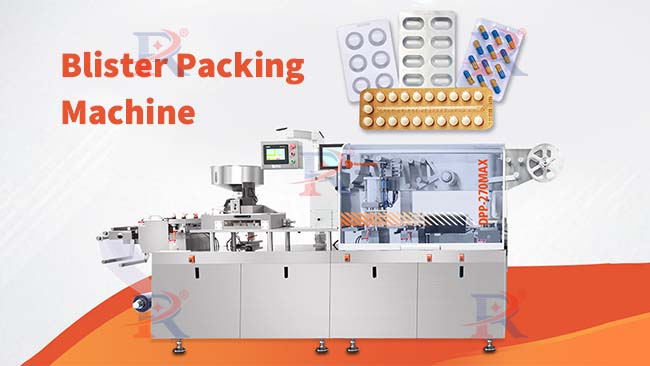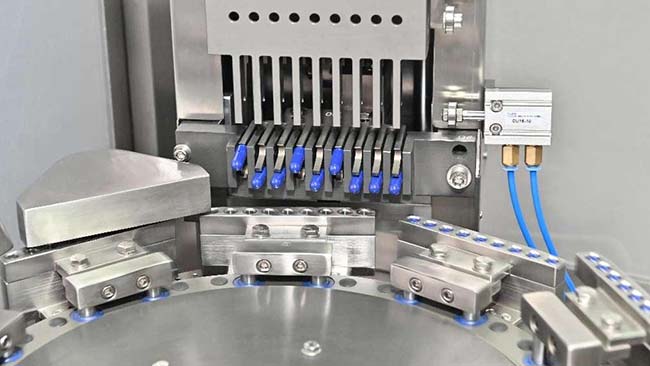Escolhendo o certo prensa para comprimidos in modern pharmaceutical production is crucial for improving production efficiency and ensuring product quality. The performance and adaptability of the tablet press directly affect the production process and the compliance of the final product. Therefore, understanding how to select an appropriate tablet press will help you stand out in a competitive market. This article will delve into the key factors to consider when choosing a tablet press, guiding you to make informed decisions.
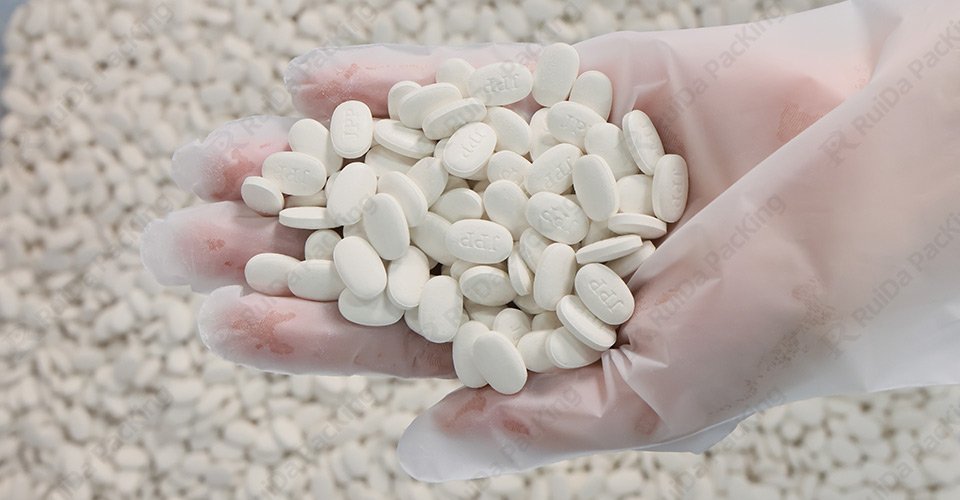
Key Factors in Choosing a Tablet Press
1. Production Needs Analysis
Before selecting a tablet press, it is essential to clarify your production needs. This includes estimating your production scale, the quantity required per day or hour, and the type of drugs involved. Different types of pharmaceuticals may have unique requirements during the tablet pressing process. For instance, certain dietary supplements or specialized medications may demand higher precision and consistency, while traditional tablets might have more lenient equipment requirements.
By determining these needs, you can more clearly filter out the types of tablet presses that are suitable for your production line, avoiding resource wastage from unsuitable choices.
2. Types of Tablet Presses
Understanding the different types of tablet presses is key. The market primarily offers two types: single-punch tablet presses and rotary tablet presses. Single-punch presses are typically suited for small-batch production, easy to operate, and ideal for beginners; while rotary presses are designed for large-scale production, offering high efficiency but requiring more advanced operational and maintenance skills.
Choose the model that best matches your production scale and needs, as the type of tablet press will directly affect your production efficiency and product quality.
3. Equipment Performance
The performance of the tablet press is another critical factor. You need to consider the machine’s production speed, stability in tablet pressing, and durability. Production speed directly influences your output, while stability and durability impact long-term operational economics and maintenance costs.
An efficient tablet press can complete more work in a shorter time, reducing downtime and increasing productivity. Additionally, high-quality tablet presses can significantly lower the frequency of replacements and repairs, reducing operational costs.
4. Technical Specifications
When selecting a tablet press, pay attention to its technical specifications. Specifically, the pressure range, die compatibility, and adjustment flexibility should all be considered. Different drugs may require varying pressing pressures, and the choice of dies can affect the appearance and hardness of the tablets.
The higher the flexibility of the equipment, the better it can adapt to different pharmaceutical production needs, enabling you to make quick adjustments during the manufacturing process.
5. Operation and Maintenance
Ease of operation and maintenance convenience are also crucial selection criteria. Consider whether the equipment’s interface is user-friendly and how easy it is for operators to learn the system. Additionally, the cleaning and maintenance of the tablet press should be straightforward, impacting daily production efficiency.
A tablet press that is easy to operate and maintain can significantly reduce training costs and ensure high productivity on the production line.
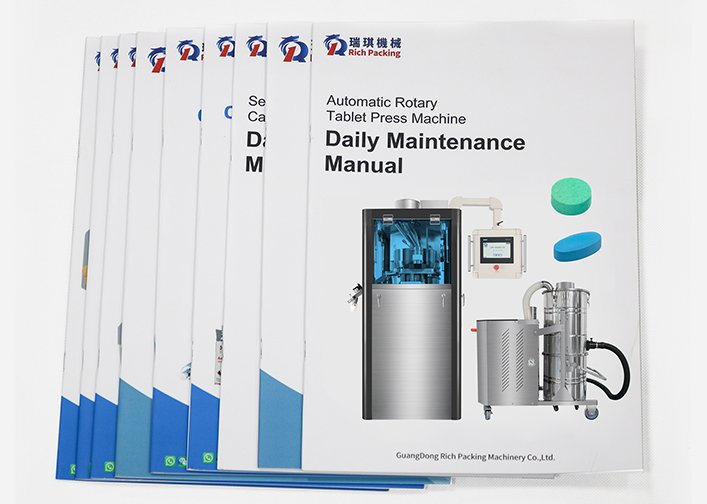
6. Cost-effectiveness
When choosing a tablet press, it’s essential to evaluate its cost-effectiveness comprehensively. Compare prices of different brands and models, and calculate the return on investment. Beyond the initial purchase cost, consider the long-term operational expenses, including consumables, maintenance, and energy consumption.
Before making a final decision, ensure that the chosen equipment provides the best investment return in terms of performance, price, and service.
Steps to Choose the Right Tablet Press
1. Needs Assessment
Clearly define your production goals and product specifications as the first step in selecting a suitable tablet press. During this process, conduct market research to understand the experiences of other companies in the industry and the equipment they use.
2. Consulting Experts
Engaging with equipment manufacturers or industry experts is a vital way to gain professional insights. Their experiences can help you better understand the advantages and disadvantages of different models and provide tailored solutions for your production needs.
3. Sample Testing
If possible, request a sample machine for trial use to verify whether its performance meets your requirements. Practical operation allows you to intuitively grasp the equipment’s functionality and performance, leading to a more informed choice.
4. Purchasing Decision
After considering various factors like technology, cost, and service, you will be ready to make a final purchasing decision. Ensure that all selected options align with your production requirements and budget.

Common Questions Answered
– How can I determine if a tablet press is suitable for me?
You can assess your production needs, equipment performance, and ease of operation to determine suitability.
– Should I choose new or second-hand equipment?
New equipment typically offers better performance, while second-hand machines may be more affordable. Your choice should consider your budget and the maintenance history of the equipment.
– What is the typical lifespan of a tablet press?
High-quality tablet presses can last for many years, but their lifespan will be influenced by maintenance practices and usage conditions.
Conclusão
Choosing the right tablet press is vital for modern pharmaceutical production, as it enhances production efficiency and ensures product quality. By considering production needs, equipment performance, operation and maintenance, and cost-effectiveness comprehensively, you will be able to make the best choice, ensuring your products remain competitive in the market.
